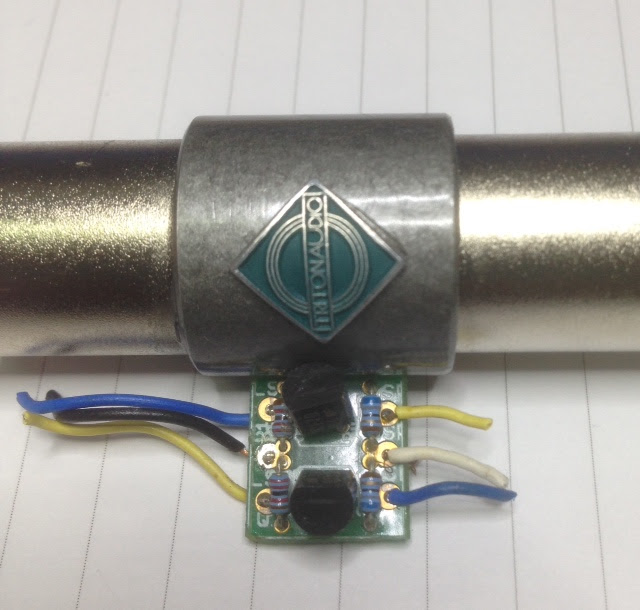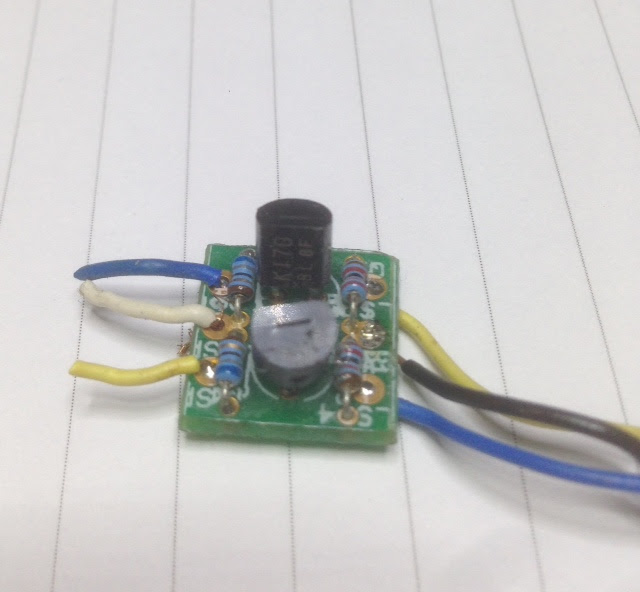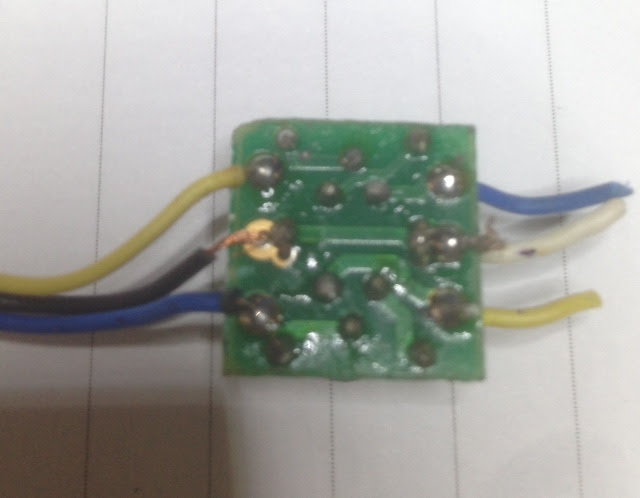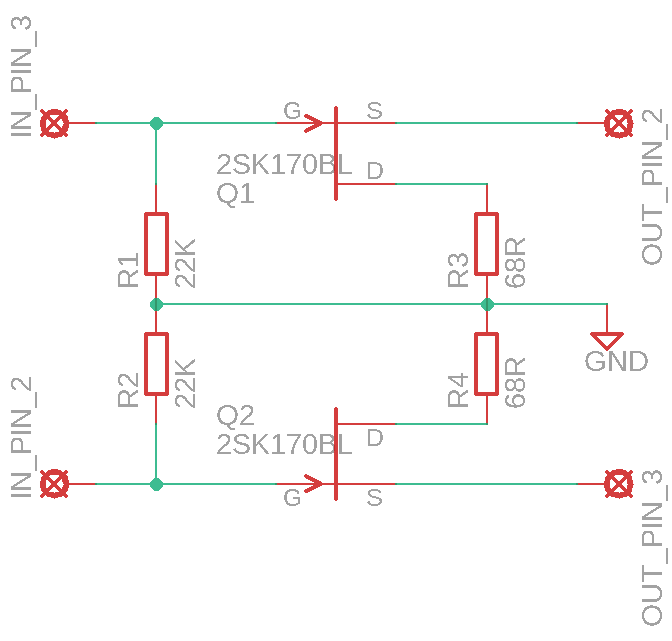I just received a Trionaudio Fethead barrel for repair.
I was amazed by the low build quality. Really awful soldering job, bad wiring stripping, no cleaning on the pcb.
The barrel itself is also one of cheapest XLR barrel models you can buy, they just put a "tritonaudio" logo ring around it.
For 70€ I would expect at least a good build quality.
The circuit itself is just 2 FET transistors (2SK170BL) and 4 resistors.
It was not working (said the previous owner) , but I didnt even test it. I cleaned it, replaced all the wiring and soldered everything properly. Tested in the end, it's working perfectly.
It does it job well, I tested it with a SHURE SM7 microphone, it's a dynamic mic with low output, and I enjoyed the gain boost.
I didn't make any frequency response or noise measurement with or without the Fethead, maybe I will do in the future.
here's the circuit for future reference in case someone needs to repair one:

















